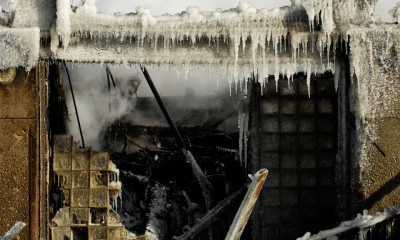Preparing for Potential Disasters is Critical to the Survival of a Business
When an off-premises transformer goes down, an office complex without backup power becomes untenable.
A gas leak levels half of a high rise building, closing off surrounding streets. Neighboring buildings cannot enter their own offices for weeks while the area is brought back up to health and safety code.
A company that transfers critical data via satellite suffers tremendous loss when the satellite fails.
Though not evident at a glance, these facilities faced many similar issues. While they are very different in nature and scope, they do share two common denominators. Firstly, as is the case with most any disaster, in each instance the event was unanticipated. And secondly, none of the given businesses had an adequate disaster recovery plan in place to effectively mediate their situation.
Given the rise in both number and magnitude of recent disasters, it has become increasingly important for businesses to establish a business-specific disaster recovery plan that goes beyond a basic insurance policy. Insurance can only help a business to a certain extent following a disaster.
A vital ingredient for effective business disaster recovery planning is a comprehensive and well-tested plan that integrates the various components of response and recovery. A plan of this nature should encompass the full spectrum of the steps needed to restore your business or organization, including emergency response, technology backup, business recovery, as well as a comprehensive insurance plan.
For any business looking to develop a disaster recovery plan, the Adjusting Today article "Disaster Recovery Planning: Preparation is the Key to Surviving Disasters," is a must-read. This article explains the basics of business-specific disaster recovery planning including the unconsidered risks arising from technological advancement. It also contains a special article on disaster recovery and business continuity planning from an IT perspective.












